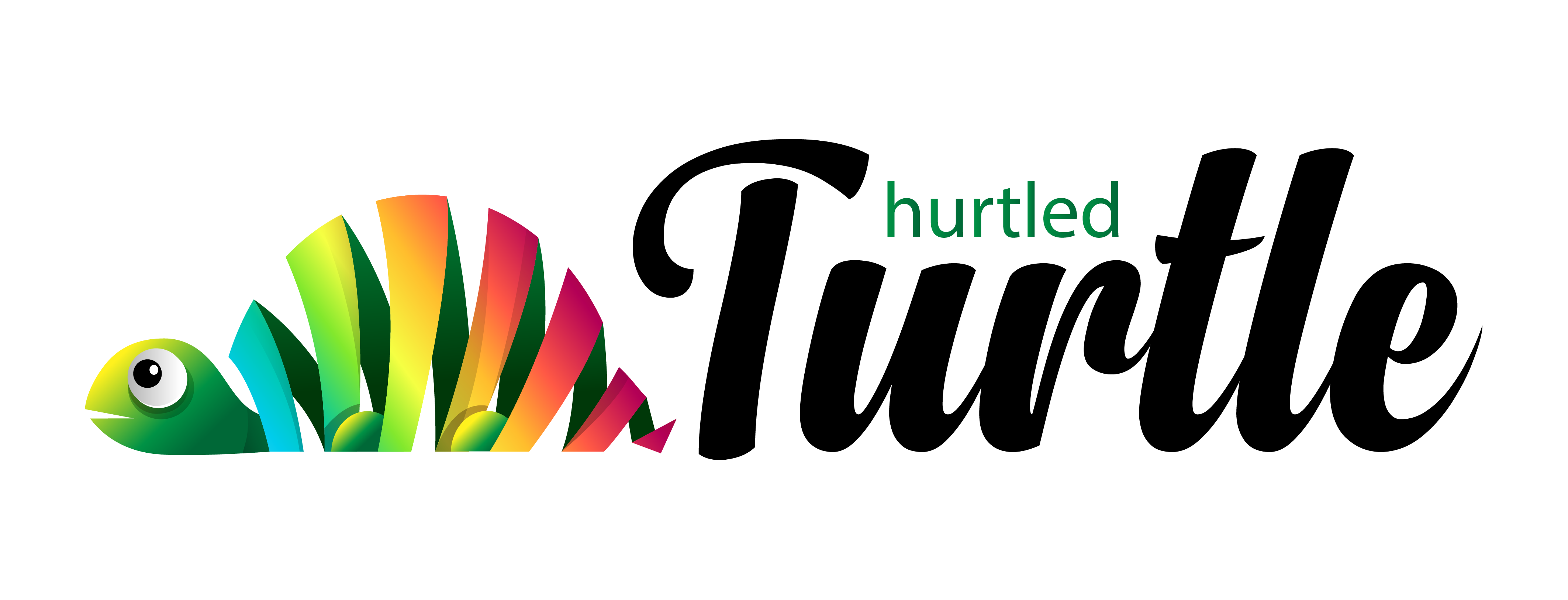Children with Autism Spectrum Disorder (ASD) and Attention Deficit Hyperactivity Disorder (ADHD) often struggle with sensory issues, which affects their behaviors and daily life activities. Sensory chews can be an effective tool to help manage these issues. Sensory chews are specifically designed to soothe and calm children with sensory processing disorders. They’re great for children who have difficulty regulating their emotions, impulsiveness, and self-control.
In this article, we’ll discuss everything you need to know about sensory chews and how they can help kids with ASD and ADHD. Whether you’re a parent, educator, or therapist, this article will provide you with valuable insights into the world of sensory chews.
What are Sensory Chews?
Sensory chews are chewable items that are designed to provide oral sensory stimulation. They are available in different shapes, sizes, colors, and textures. They can be made of different materials, such as silicone, rubber, and plastic. Sensory chews can be worn around the neck like a necklace, clipped onto clothing, or attached to a keychain.
How do Sensory Chews Work?
Sensory chews work by providing children with a safe and appropriate way to fulfill their sensory needs. They help reduce anxiety, provide tactile stimulation, and promote self-regulation by redirecting harmful behaviors. When a child chews on a sensory chew, it can help calm their nerves and improve their focus. Sensory chews can also help children take better care of their teeth by encouraging them to chew regularly.
Benefits of Sensory Chews
Sensory chews offer several benefits for kids with ASD and ADHD. They can help regulate their emotions and behaviors, reduce stress and anxiety, and promote relaxation. Sensory chews can also improve concentration, assist with self-soothing, and provide a sense of comfort. Moreover, they can help develop important oral motor skills, such as biting, chewing, and swallowing.
How to Choose the Right Sensory Chew
Choosing the right sensory chew for your child is crucial to achieve maximum benefits. Here are a few tips to keep in mind when selecting a sensory chew:
- Choose a chew that’s safe and durable. Look for chews made from non-toxic, BPA-free materials.
- Choose a chew with the right texture and resistance level. Some children prefer softer chews, while others prefer firmer ones. It’s best to experiment with different textures and see what works best for your child.
- Choose a chew with a non-distracting design. While some kids may like colorful designs, others may find them distracting. It’s important to choose a chew that won’t attract too much attention.
How to Use Sensory Chews
Sensory chews are versatile and can be used in different settings. Here are some ideas on how to use sensory chews for kids with ASD and ADHD:
- Use sensory chews during stressful situations, such as doctor appointments or school tests.
- Use sensory chews during sensory breaks or transitions.
- Use sensory chews during car rides or flights to ease anxiety.
Conclusion:
In conclusion, sensory chews are a valuable tool that can help children with ASD and ADHD manage sensory processing disorders. They provide oral sensory stimulation, promote self-regulation, and improve behaviors. Sensory chews come in different textures, shapes, and sizes, and it’s important to choose the right one for your child. Sensory chews can be used in different settings, such as at school, home, and on-the-go. By incorporating sensory chews into your child’s daily routine, you can help them lead a calmer and happier life.



